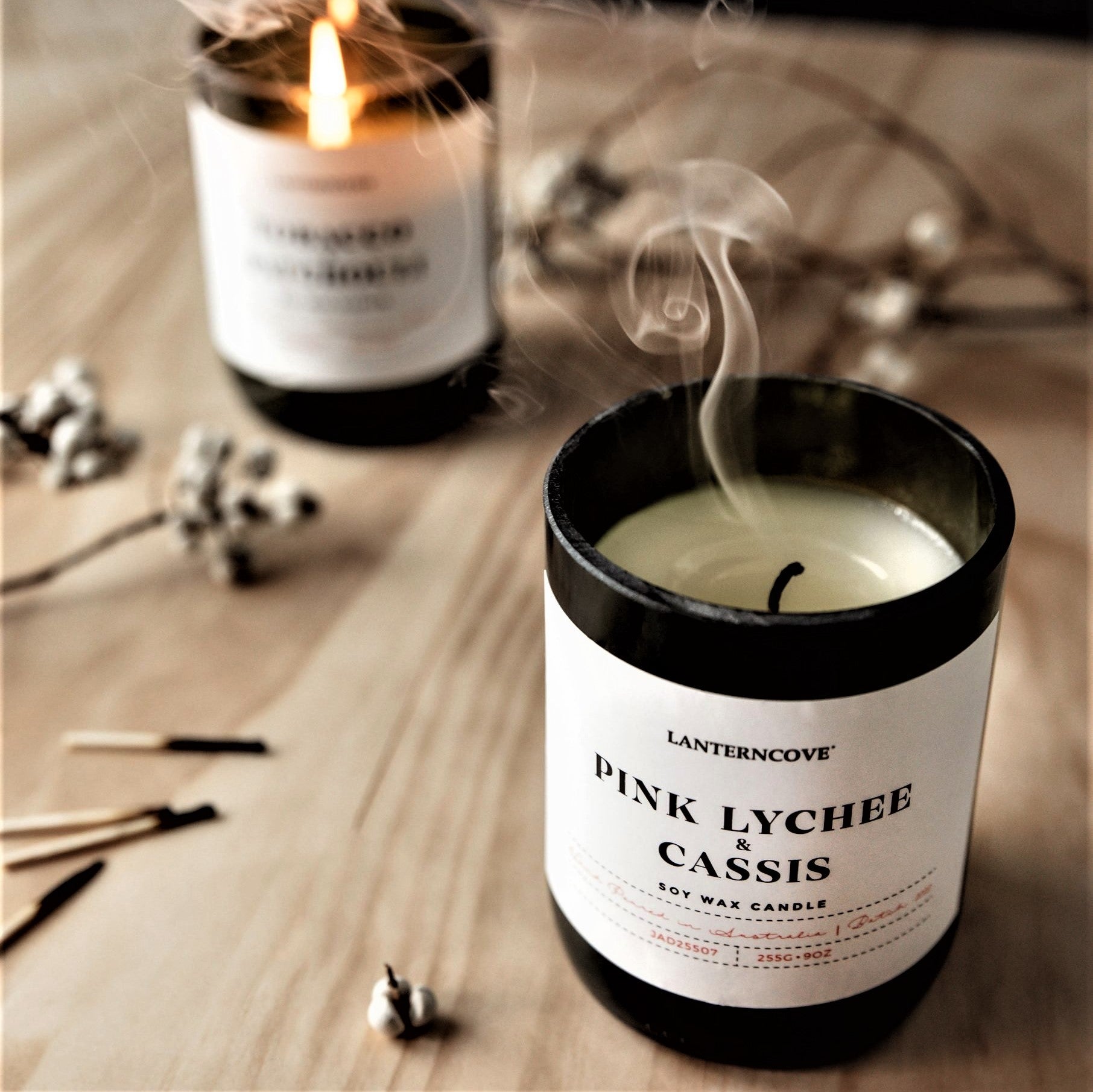Create Ambiance with Handmade Soy Wax Candles and Home Fragrance
Create Ambiance with Handmade Soy Wax Candles and Home Fragrance
Blog Article
From Wick to Wax: Understanding the Chemistry Behind Soy Wax Candles and Their Ecological Effect
As we brighten our spaces with the warm radiance of candle lights, there exists a world of elaborate chemistry behind the seemingly basic act of lighting a soy wax candle. The selection in between soy and paraffin wax extends past mere appearances, delving right into the realm of ecological influence and the extremely structure of the products. Recognizing the molecular framework of soy wax and its burning procedure clarifies the emissions released into our environments. Join us as we decipher the scientific details behind soy wax candles and discover their effects on our setting.
Soy Wax Vs. Paraffin Wax
When contrasting soy wax and paraffin wax for candle light making, it is vital to comprehend the unique attributes and advantages of each product. Soy wax is an all-natural, renewable source originated from soybean oil, making it environmentally friendly and biodegradable - home fragrance. In contrast, paraffin wax is a byproduct of petroleum refining, which elevates worries regarding its ecological impact and sustainability
Soy wax candle lights shed cleaner and produce much less soot contrasted to paraffin wax candle lights, making them a healthier choice for interior air high quality. In addition, soy wax has a lower melting point, enabling a longer-lasting candle light that distributes fragrance better. Paraffin wax, on the various other hand, has a tendency to shed faster and much less easily, potentially launching unsafe chemicals into the air.
From a sustainability perspective, soy wax is preferred for its biodegradability and renewable sourcing, lining up with the expanding customer choice for ecologically conscious products. While paraffin wax has been a standard selection in candle light making because of its cost and ease of usage, the change in the direction of environment-friendly choices like soy wax is getting momentum in the industry.
Chemical Composition of Soy Wax

Combustion Refine in Soy Candles
The chemical make-up of soy wax directly affects the burning procedure in soy candle lights, influencing aspects such as shed time, fragrance release, and environmental influence. When a soy candle light is lit, the warmth from the flame thaws the wax near the wick. This liquid wax is then prepared the wick as a result of capillary activity. As the fluid wax reaches the flame, it vaporizes and goes through burning. The combustion process entails the vaporized hydrocarbons in the wax reacting with oxygen in the air to produce heat, light, water vapor, and carbon dioxide.
The burning effectiveness of soy candle lights is affected by the purity of the soy wax and the quality of the wick. In addition, soy wax candle lights have a lower environmental effect contrasted to paraffin candle lights due to their naturally degradable and renewable nature.

Ecological Benefits of Soy Wax

Taken into consideration a sustainable option to conventional paraffin wax, soy wax offers notable ecological advantages look at these guys that make it a prominent option among eco-conscious customers. Soy wax burns cleaner and creates less residue than paraffin wax, adding to better interior air high quality and minimizing the requirement for cleansing and upkeep. Generally, the ecological benefits of soy wax line up with the expanding need for green and lasting items in the market.
Recycling and Disposal Factors To Consider
Reusing and proper disposal of soy wax candles play an important function in preserving environmental sustainability and decreasing waste in neighborhoods and homes. When it comes to reusing soy wax candles, the very first step is to make certain that the candle light has melted completely.

In regards to disposal, if recycling is not a choice, soy wax candles are biodegradable and can be safely taken care of in the majority of home waste systems. It is always recommended to examine with local recycling facilities or waste management services for specific standards on candle disposal to guarantee proper handling and ecological defense.
Conclusion
In conclusion, the chemistry behind soy wax candles reveals their environmental advantages over paraffin wax candles. Soy wax, originated from soybean oil, burns cleaner and creates much less residue when compared to paraffin wax. The combustion procedure in soy candles is more effective, causing a longer and much more also melt. Additionally, soy wax is eco-friendly and naturally degradable, making it an extra sustainable option for candle light production. Reusing and correct disposal of soy wax candle lights additionally add to their environmental influence.
When contrasting soy wax and paraffin wax for candle production, it is crucial to understand the distinctive qualities and advantages of each material (soy candles).Soy wax candle lights shed cleaner and produce much less residue compared to paraffin wax candle lights, making them a much healthier choice for indoor air high quality.Considered a lasting option to conventional paraffin wax, soy wax uses noteworthy environmental benefits that make it a popular selection amongst eco-conscious customers. Soy wax burns cleaner and produces less soot than paraffin wax, contributing to far better indoor air quality and reducing the need for cleansing and more tips here upkeep.In final thought, the chemistry behind soy wax candles exposes their ecological advantages over paraffin wax candle lights
Report this page